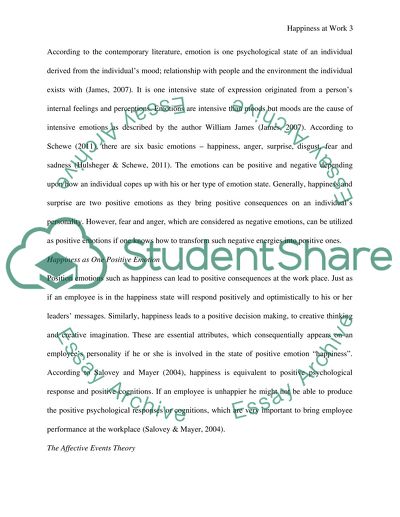Cite this document
(“Psychology at work Assignment Example | Topics and Well Written Essays - 3000 words”, n.d.)
Retrieved from https://studentshare.org/psychology/1497616-psychology-at-work
Retrieved from https://studentshare.org/psychology/1497616-psychology-at-work
(Psychology at Work Assignment Example | Topics and Well Written Essays - 3000 Words)
https://studentshare.org/psychology/1497616-psychology-at-work.
https://studentshare.org/psychology/1497616-psychology-at-work.
“Psychology at Work Assignment Example | Topics and Well Written Essays - 3000 Words”, n.d. https://studentshare.org/psychology/1497616-psychology-at-work.


